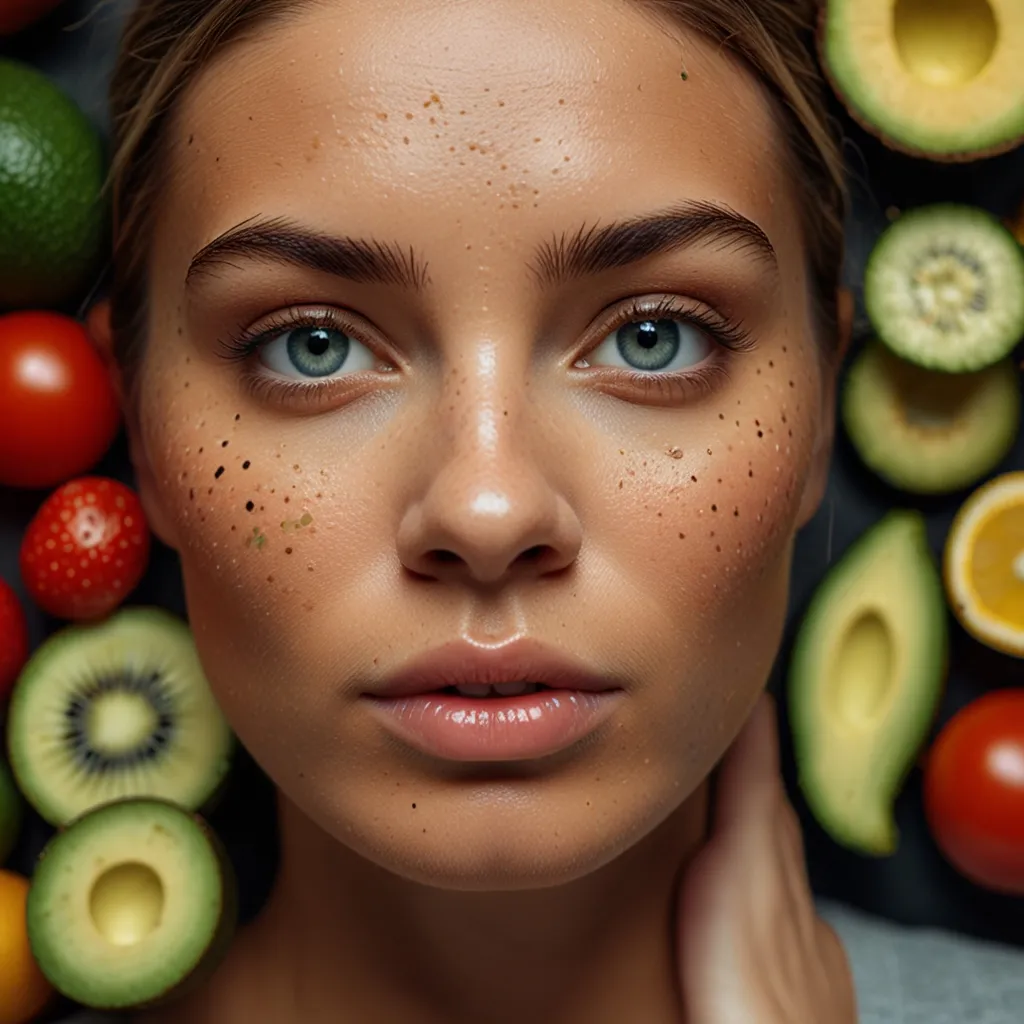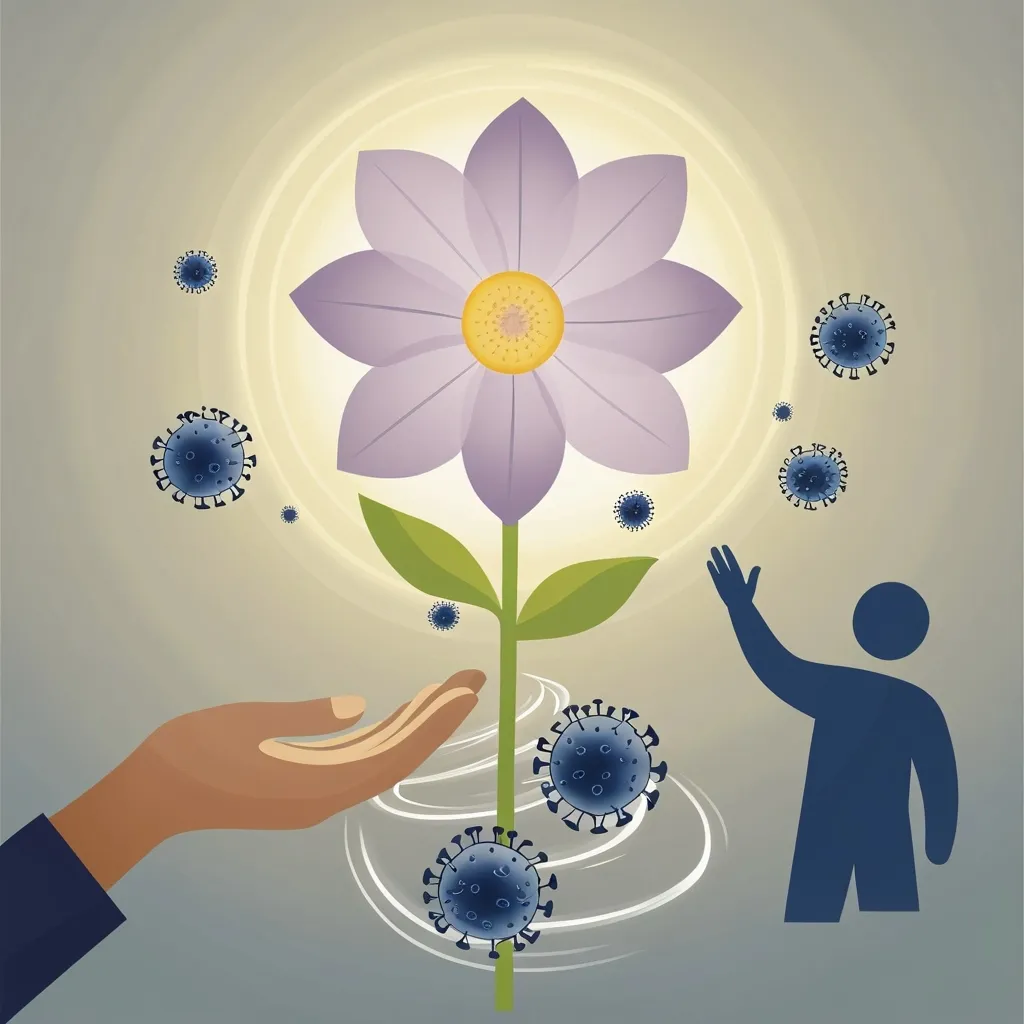Cupping therapy, this age-old method that’s been floating around for thousands of years, is making a grand comeback. The whole idea is to place cups on your skin to create suction, which, apparently, can do wonders for your health and overall well-being. Different cultures like the Chinese, Egyptians, and those in the Middle East have been swearing by this method for ages.
When it comes to traditional Chinese medicine, cupping is like the sidekick to acupuncture. Both play around with the concept of “qi,” which is sort of like the life energy flowing through your body. The thinking is that the suction can help balance out this energy, making your body more resilient against nasty bugs and promoting better health. Typically, cups get placed on specific points, kind of like a GPS for your body’s energy pathways, aiming to restore balance and kick-start the healing process.
Swing by ancient Egypt, and you’ll find that even they were on board with cupping. The Ebers Papyrus, which is one of the oldest medical documents ever found, mentions how the Egyptians used cupping to deal with all sorts of issues like fever, pain, and menstrual cramps. They believed the vacuum created by the cups could suck out harmful substances from the body.
In the Middle Eastern cultures, it’s known as “hijama.” This practice was given the thumbs-up by the Islamic Prophet Muhammad and has since been trusted for treating a variety of health problems. In hijama, small incisions are made on the skin before the cups are applied to draw out blood and other fluids. The goal? Cleanse the body and boost your overall health.
There are essentially two types of cupping: dry and wet. Dry cupping is kinda like the introductory course—cups are placed on the skin without any incisions, often to relieve pain and improve blood flow. Wet cupping is a bit more intense, involving small cuts before slapping the cups on. This method aims to eliminate harmful stuff from your body and is typically called in for the heavy lifting like treating arthritis or skin conditions.
The cups themselves can be made of just about anything—glass, bamboo, earthenware, silicone, or plastic. The choice of material often boils down to what the practitioner prefers and what they’re targeting with the treatment. Glass cups are the old-school, traditional choice and still favored by many today.
Fast forward to the present, and cupping has found a new fanbase among athletes and celebrities. Remember when swimmer Michael Phelps rocked those circular marks during the 2016 Olympics? That sight stirred up a buzz, and suddenly, everyone and their neighbor wanted to try cupping. These days, people use it to deal with everything from back pain to migraines and even knee arthritis.
Now, even though cupping’s been around for what feels like forever, the exact science behind it is still a bit of a puzzle. While some studies give a nod to the benefits of cupping for conditions related to muscles and sports injuries, the research isn’t exactly rock solid. That said, many people report feeling better post-session, even if it might just be the placebo effect at work.
Safety-wise, cupping is generally considered harmless, with minor side effects like temporary skin marks and a light pinch during the session. Serious complications are rare but can happen—think skin infections. That’s why proper hygiene and sterilization are super important to keep things on the safe side.
To sum it all up, cupping therapy stands as an ancient practice that’s carried on through a rich tapestry of traditional medicine systems. It’s all about creating suction on the skin to help heal and boost well-being. And while the exact hows and whys are still a bit murky, it remains a go-to complementary treatment for many. Just remember, always check in with a healthcare pro before diving into something new like cupping therapy.






